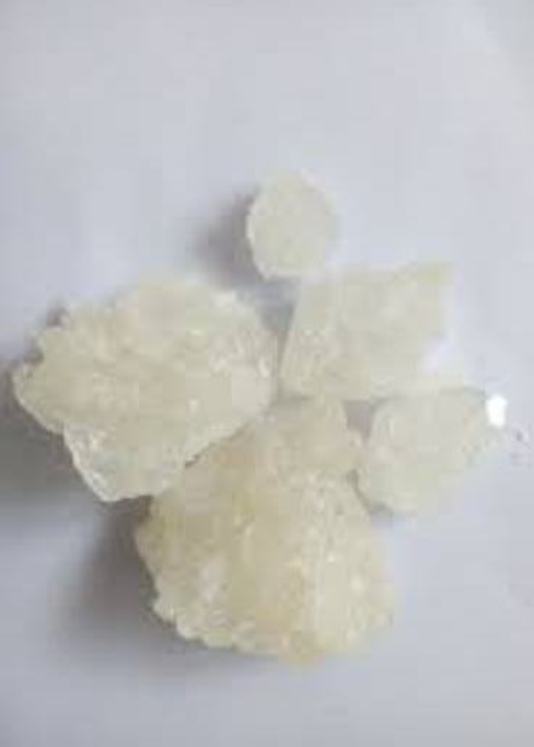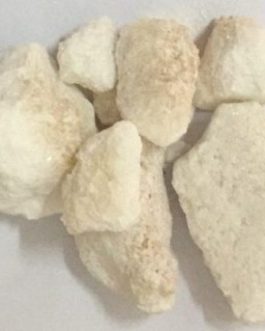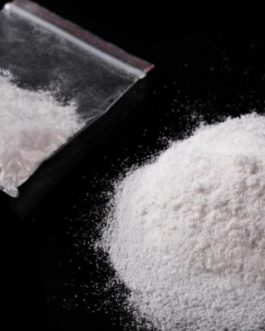Buy Methylone Crystal online
Buy Methylone Crystal (also known as 3,4-methylenedioxy-N-methylcathinone, MDMC, ?k-MDMA and by the slang term M1) is an empathogen and stimulant psychoactive drug. It is a member of the substituted amphetamine, substituted cathinone and substituted methylenedioxyphenethylamine classes.
Methylone Crystal is the substituted cathinone analog of MDMA and the 3,4-methylenedioxy analog of methcathinone. The only structural difference of methylone with respect to MDMA is the substitution of 2 hydrogen atoms by 1 oxygen atom in the ? position of the phenethylamine core, forming a ketone group.
Methylone was first synthesized by the chemists Peyton Jacob III and Alexander Shulgin in 1996 for potential use as an antidepressant. Methylone has been sold for recreational use, taking advantage of the absence of legal prohibition of this compound in many countries.
Resemblance to MDMA
Structural similarities between some amphetamine-like stimulants and their 3,4-methylenedioxy- derivatives.
Left: amphetamine, methamphetamine and methcathinone.
Right: MDA, MDMA, and methylone
Methylone substitutes for MDMA in rats trained to discriminate MDMA from saline. Methylone does not substitute for amphetamine or for the hallucinogenic DOM in animals trained to discriminate between these drugs and saline. Further, also in common with MDMA, methylone acts on monoaminergic systems. In vitro, methylone has one third the potency of MDMA at inhibiting platelet serotonin accumulation and about the same in its inhibiting effects on the dopamine and noradrenaline transporters.
In spite of these behavioral and pharmacological similarities between methylone and MDMA, the observed subjective effects of both drugs are not completely identical. Alexander Shulgin wrote of the former.
[Methylone Crystal] has almost the same potency of MDMA, but it does not produce the same effects. It has an almost antidepressant action, pleasant and positive, but not the unique magic of MDMA.
Pharmacology
Methylone acts as a mixed reuptake inhibitor/releasing agent of serotonin, norepinephrine, and dopamine. In comparison to MDMA, it has approximately 3x lower affinity for the serotonin transporter, while its affinity for the norepinephrine and dopamine transporters is similar. Notably, methylones affinity for the vesicular monoamine transporter 2 (VMAT2) is about 13x lower than that of MDMA. The results of these differences in pharmacology relative to MDMA are that methylone is less potent in terms of dose, has more balanced catecholaminergic effects relative to serotonergic, and behaves more like a reuptake inhibitor like methylphenidate than a releaser like amphetamine; however, methylone has relatively robust releasing capabilities, perhaps due to its ability to phosphorylate the monoamine transporters being similar in potency relative to MDMA.
Pharmacokinetics
The two major metabolic pathways in mammals for methylone are Ndemethylation to methylenedioxycathinone (MDC), and demethylation followed by Omethylation of the 3- or 4-hydroxy group to 4-hydroxy-3-methoxymethcathinone (HMMC) or 3-hydroxy-4-methoxymethcathinone (3-OH-4-MeO-MC). When 5 mg/kg of methylone was administered to rats, it was found that around 26% was excreted as HMMC within the first 48 hours (less than 3% excreted unchanged).
Bottles of Explosion
Analysis of Explosion has confirmed that the active ingredient is methylone. Many other formulations marketed as household chemicals, as well as the pure powder, have been sold.
Etymology
Methylone Crystal is also a trademarked brand name for an injectable form of methylprednisolone, a corticosteroid hormone used to treat arthritis and severe allergic reactions; hence, Methylone Crystal may be confused with it. Aside from context, they can be distinguished by the fact that the name will usually be capitalized when referring to the prescription drug.
A proposed alternate name is ?k-MDMA, or beta-keto-MDMA. While this nomenclature has not caught on because the name methylone became widely used before the conflicting Methylone trademark was noticed, the analogous names for related chemicals ?k-MDEA and ?k-MBDB have become the established names for those substances.
Chemical and physical data:
Formula: C11H13NO3
Molar mass: 207.23 g/mol g·mol?1





Reviews
There are no reviews yet.